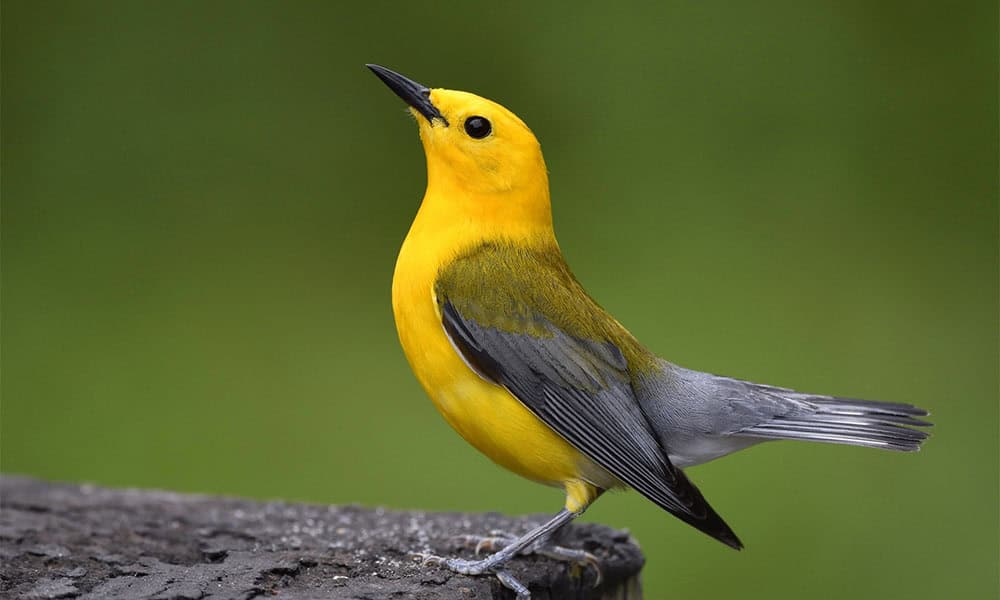How’s this for a plan? Spend the summer months in southern Canada or the eastern United States and when the weather starts to get a little nippy, fly down to Costa Rica for the winter. This may be the exact life plan of a few of the folks reading this article right now. It’s also the life plan of the prothonotary warbler.
The prothonotary warbler (Protonotaria citrea) is called the reinita cabecidorada in Spanish. The Spanish name gets right to the point. Reinita translates to warbler and cabecidorada translates to golden-headed. That’s a good name for a species of warbler with a bright yellow/golden head.
The English name is commenting on the same golden head but in a roundabout church-related sort of way. Prothonotaries are papal clerks in the Roman Catholic Church who once wore yellow robes apparently similar in color to the bright plumage of this little bird. I suppose an old-school, religion-based reference is fine for the name, but then I came across another common name that’s a little more direct, the golden swamp warbler.
I like golden swamp warbler better because you’ll never guess which type of habitat this little golden bird prefers, swamps. More inclusively, they not only prefer swamps but other wetland habitats like thickets adjoining rivers, streams, and ponds, as well as mangroves.
Due to their migratory nature, these birds enjoy swamps in two different parts of the world. From March until August, they’re found in extreme southeastern Canada and across the eastern part of the United States. During this time of year, they’re searching hardwood swamps for abandoned woodpecker holes or other cavities to build a nest and lay 3 to 7 little eggs.
Around mid-August, prothonotary warblers begin arriving in a number of Central and South American countries including Costa Rica. In Costa Rica, they seek out similarly swampy habitats, especially mangroves. With breeding taken care of, their time in Costa Rica is all about finding enough to eat. They forage alone, in male-female pairs, or in larger groups, usually within 6 meters of the ground, using their long bills to probe of the swamp’s nooks and crannies for insects and spiders.
While writing about Costa Rica’s many species of wildlife, I try to find pieces of information that may be new to the reader. During my search for interesting tidbits about the prothonotary warbler, I found that it was referenced several times in a book by my favorite author, Kurt Vonnegut. Excited to read what he had to say about it, I found the passage in a book called Jailbird, where he describes the song of the prothonotary warbler as ‘capable of expressing heartbreak.’ I looked up the call fully prepared to be devastated by birdsong but what greeted me were little chirps that could only be described as cheery.
I’ve had a few brief interactions with prothonotary warblers in the wilds of Costa Rica when I was stomping around in the proper habitat during the proper time of year. I’ve recorded them with my camera traps a few times, always in the swampy areas where I was told to expect them. My best prothonotary warbler video features not a single bird, or even a pair, but 18 golden warblers all flitting around together. I’ll include that clip in the video below.
About the Author
Vincent Losasso, founder of Guanacaste Wildlife Monitoring, is a biologist who works with camera traps throughout Costa Rica. Learn more about his projects on facebook or instagram. You can also email him at: vincent@guanacastewildlifemonitoring.com

